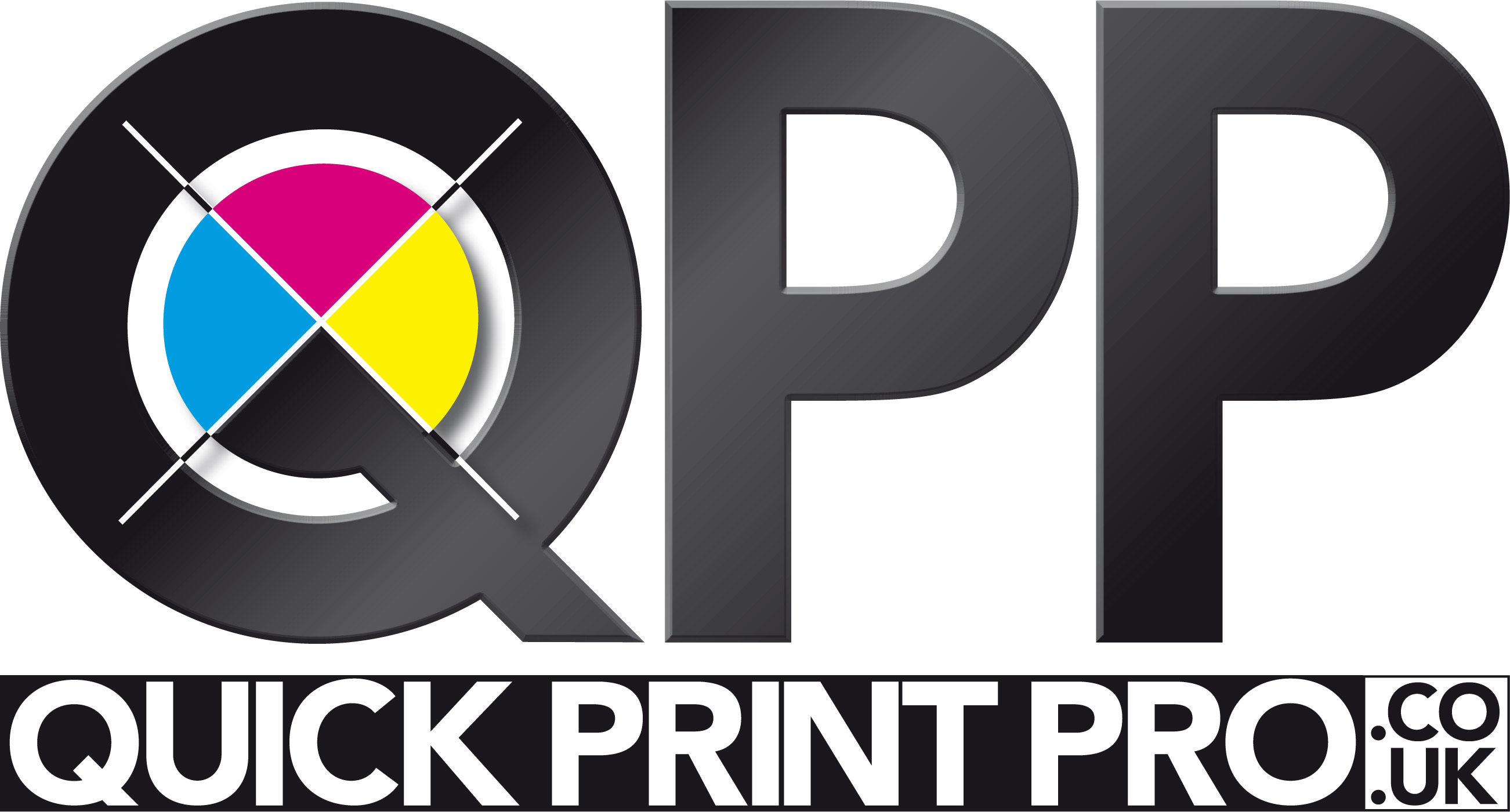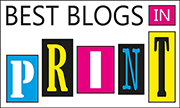In 2024, printers continue to navigate the more than 20 year decline of commercial printing that has driven the current sector landscape. E-communication continues to grow, accelerating the decline of high volume catalogues and transactional printing. Direct mail volumes are shrinking in parallel with postal costs hikes; marketing collateral print runs are shorter. But while the overall market continues to decline, digital printing growth is evident in both volume and value.
Accessible, Easy to Use Content Creation and Personalisation Options Help Drive Growth
The global print on demand market offers new opportunities and is projected to grow at a CAGR of 24.6% during the forecast period 2023 - 2031. The reason behind this growth is fuelled by the increased accessibility of design and print options – content creation is now at everyone’s fingertips!
This variety of options for customers is visible across the industry. Canva is offering design and print in one space, bringing design to life on the HP Industrial global network. Crello and AI design is rebranded as Vista Create. Mixam is offering family heritage and comic book production. Fiver, an online marketplace for designers, drives printed content growth like never before. “This results in more type of print jobs being captured but on highly automated presses, which is needed to cope with large volumes of micro-orders” as stated by Brian Scott, President of blooming colour, owning an HP Indigo 100K.
In addition to the ease of creation, personalisation in merchandise and marketing collaterals is now a standard – 66% of US commercial printers report printing personalised applications. The new reality printers are dealing with is an increase of omni-channel campaigns where print is a vital part of marketing budgets. For example, 43% of Gen Z shoppers who start their online product searches on TikTok were more likely to say that print impacted their shopping decisions.
Prioritising Flexibility and Efficiency for Customer Benefit
We have seen a shift in commercial printing where printers pay more attention to the flexibility and the efficiency of the entire production line. This new landscape is best addressed with fully automated printing solutions, as presented at drupa with the HP Indigo 18K and 120K. In addition, commercial printers pay great attention to the substrate versatility – one of the main clear advantages of the HP Indigo LEP technology and HP Inkjet printing.
Richard Kouwenhoven, President & CEO of Hemlock, commented: “The HP Indigo 100K is a very exciting addition to our pressroom enabling us to efficiently produce short run projects at an extremely high quality level with the same range of paper options and product formats our clients are accustomed to”.
Another growth segment is digital print publishing; HP opened this market back in 2009 with one of the first rotary digital presses transforming the industry. Today, the HP PageWide A2200 delivers multiple types of publishing and commercial applications in a cost effective and sustainable manner. Solutions like “On Press Color Profiling” transforms colour profiling into a less than five minute job, a tenth of what it normally takes.
"The added speed and efficiency that HP PageWide allows our customers better scheduling flexibility and enables us to deliver on last minute, time sensitive requests, even when that request is prefaced with, 'I know this probably isn’t possible, but…’. Ultimately, being able to deliver in those situations is phenomenal", comments Thysse’s VP of Sales & Marketing, Kevin Kouba.
Technologies and Services Evolving the Commercial Offering
With HP, commercial printers benefit from the efficiency of offering both Indigo LEP and Inkjet solutions using a similar software and service environment. The co-existence of technologies across multiple applications is a fact and a key opportunity.
As industry consolidation continues, demand for multi-site solutions and workflow standardisation increases. Whether with HP Indigo LEP or Inkjet, intelligent automation through AI and robotics will shape production floors especially as skilled manpower continues to be a major issue. Printers are looking to provide their employees with better tools across the entire workflow and a more attractive operating environment. Among recent innovations across the industry, PrintOS Production Beat Support for analogue printing and finishing equipment enables customers to monitor their entire production floor. Specific to HP, Auto Alert Agent is a machine learning algorithm that increases print productivity with zero human intervention.
Beyond printing technologies, new services are emerging to accelerate customer growth. In 2024, HP began testing AI capabilities to expand the functionality of its xRServices, with a full rollout expected in 2025. HP’s AI-enhanced mixed reality service environment will elevate the entire customer journey, streamlining ramp-up, production, diagnostics, issue resolution, and system availability to maximise overall performance.
As the industry moves towards a more productive production floor, HP introduced Autonomous Mobile Robots (AMRs) in collaboration with MoviĜo Robotics to automate media transfer, saving up to two hours per day, per press offering better tools to the operators.
The new commercial landscape is a productive print ecosystem driving the optimal co-existence of analogue and digital technologies side by side, allowing printers to select the most suitable technology for each job. This is not about volume but about value – as Dan Thompson, President at Italic, commented: “With HP Indigo we're empowered to excel in this high margin field, offering unparalleled creativity through a diverse range of substrates including dark and clear media, as well as specialty inks, spot colours, white and silver inks.”
Embracing New Opportunities with Confidence
In conclusion, 2024 drupa demonstrated that B2 digital printing and Inkjet printing are the two core technologies for commercial printing. The future lies in enhancing the entire production line, integrating printing and finishing into one easy to operate production line under an intelligent and standardised automation infrastructure.
With more than 8000 presses installed with advanced software like PrintOS and HP xRServices, HP is driving the shift to empower commercial printers – from material handling to printing and finishing, to quality control and service routines.
The key to this future lies in seamlessly integrating machines, software, and robots with partners under cloud based workflows. Some may think, “that’s impossible for my shop,” but the challenges ahead demand more intelligence, and step by step, with HP, it will happen.
Together, we will unlock profitable growth.



.jpg)




-2025-11-19-10-50-51.jpg)





